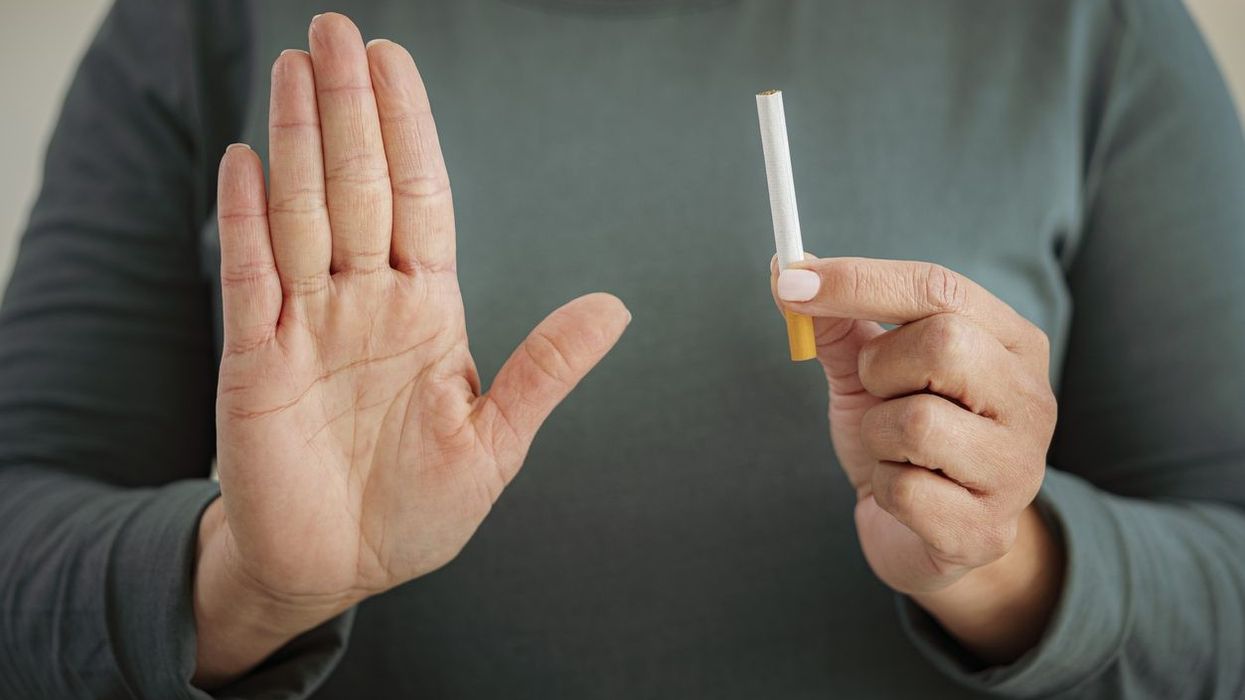IN a bid to return back to Britain, Shamima Begum, who left her home in east London to join Daesh (Islamic State group), shunned her niqab and headscarves for a fashionable western look by wearing casual clothes and shades.
She is fighting to return to the UK as her lawyers have challenged the decision of stripping her of her British citizenship. Last month, the Supreme Court ruled that Begum can't return to the UK and appeal against the removal of her citizenship in 2019.
She along with few other women, trying to return back, are now stranded in the Roj camp for Daesh supporters in north-east Syria.
Begum, from Bethnal Green, east London was 15 when she ran away with other two schoolgirls to Syria and later married a Dutch Jihadi in 2015. When she was traced, Begum was widowed and had lost two children, also her third child died after birth.
Roj camp manager Nora Abdo told the Daily Telegraph that Begum and other Daesh women regret their crimes and want to return home.
Her lawyer Tasnime Akunjee and sculptor Sir Anish Kapoor, who created the Orbit tower for the 2012 London Olympics, call Britain’s treatment of Begum as racist and her being made a "tragic scapegoat of a punitive unforgiving government intent on harsh retribution".











